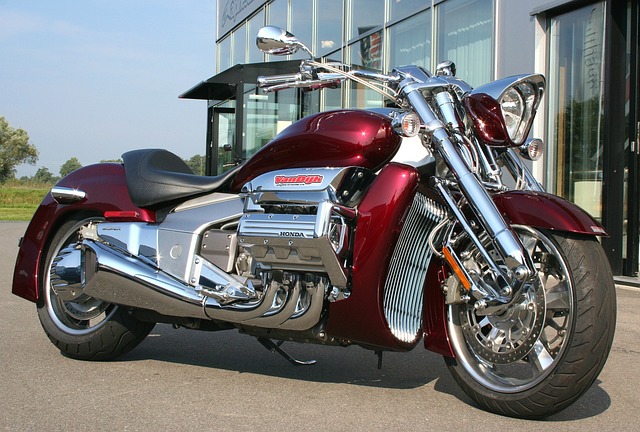First motorcycle in the world
Who invented the first motorcycle
After the invention of the bicycle in France in the 1860s, inventors around the world began developing their designs for automated versions of this mode of transportation. With the machines available to them at the time, they built several prototypes of motorcycles that would pave the way for all future models. Here we describe how the first motorcycle came about. From the 1920s to the 1860s, Europe and the United States were introduced to the first common velocipede device called the dandy horse.
This simple design (modeled after Baron Carl von Dreiss's velocipede "Dreisin") enabled its rider to propel it using his own leg power. The lack of pedal or chain drive has limited its use to a small percentage of drivers, mostly children and youth. Everything changed as early as 1861 when French blacksmith Pierre Michaux patented bicycle pedals and presented his first "boneshaker" bicycle to the world.
Who invented the motorcycle
It has received a huge increase in popularity and sales from bicycle transportation. Although bicycles continued to improve over the next 40 years (especially the English model "Rover" with chain drive, pneumatic tires and many other safety devices), early motorcycle prototypes began to be built across Europe.
Read More: Who built the first train in the world
The first known steam motorcycle was produced in the factory of the famous bicycle inventor Pierre Mikaux. His son Ernest was able to attach a small steam engine to their initial bicycle design. In the following years many other inventors were able to repeat the same feat, all of them using steam engines with different (solid, liquid or gas fueled) combustion chambers. Steam engine motorcycles worked well, but they had several major drawbacks (mainly, low power output and constant need for fuel supply).
The Story Of The First Motorcycle
In 1885, two German inventors - Gottlieb Daimler and Wilhelm Maybach managed to create the first modern model of motorcycle. They were able to attach small petroleum based combustion engines to wooden bicycle frames. Known as the "Daimler Rittwagen", this motorcycle is today considered the first true motorcycle and was a starting point for future motorcycle-based innovations and improvements. Development of the "Rittwagen" began in 1882 when Daimler and Maybach began production of an experimental high-speed single-cylinder engine.
Their initial plan was to build a small automobile, but they chose to test their engine design on a bicycle frame. The small 264-cubic-centimeter, single-cylinder, 0.5 horsepower engine was able to power the motorcycle to a top speed of just 7 mph (11 km/h). During the first test run, the motorcycle's seat caught fire from the heat emitted from the side engine. Daimler and Maybach patented it in August 1885, and in 1886 the final version of the "Rittwagen" was presented to the public.
The original models of "Daimler Reitwagen" were tragically lost in a factory fire in 1903 in Cannstatt, Germany. A number of copies exist in museum collections in Germany, the United States, Australia and Japan.
Read More: History of rockets
Read More: Who invented the world's first airplane
Read More : 20 Real Ways to Make Money From Home For Free
Read More : Mobile Phone Price | Phone Review
Read More : Website to Make Money by Writing Articles
Read More : What is e-commerce
Read More : Who invented the world's first car
Read More : Top Ten Most Expensive Cars in the World
Read More : History of the automobile
Post Tag. Who invented the first real motorcycle?, Who invented the first motorcycle and when?, Who made the first motorcycle and why?, Who made the first bike in the world?, Who Invented the First Motorcycle? - Bicycle History, Who Invented Motorcycles? The Story Of The First Motorcycle, First ride on the 'first' motorcycle | Latest News, Who invented the motorcycle, The World's First Motorcycle: Timeline and Features, Daimler Gives World First 'True' Motorcycle, Who Invented the Motorcycle?, who invented the first motorcycle in 1885, Who invented the first motorcycle in the world, what was the first motorcycle company, Who invented the first motorcycle in america, first motorcycle in the world, how much did the first motorcycle cost in 1885, harley-davidson first motorcycle, motorcycle history timeline,










0 Comments
Please don’t send any spam link